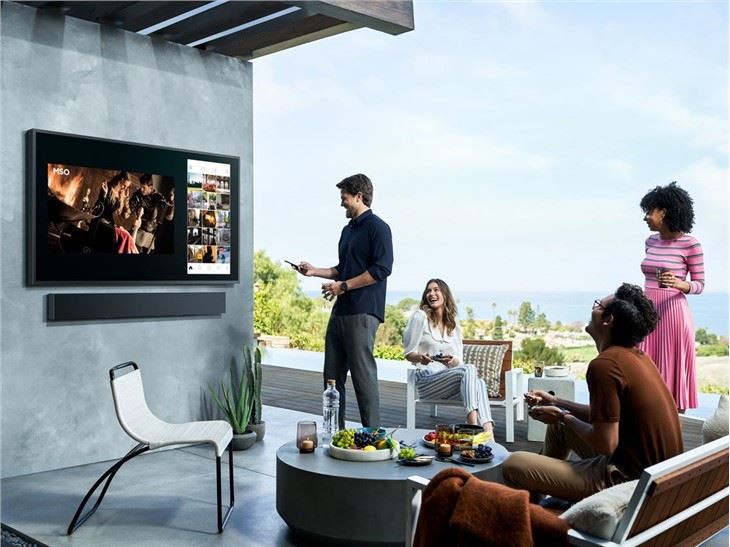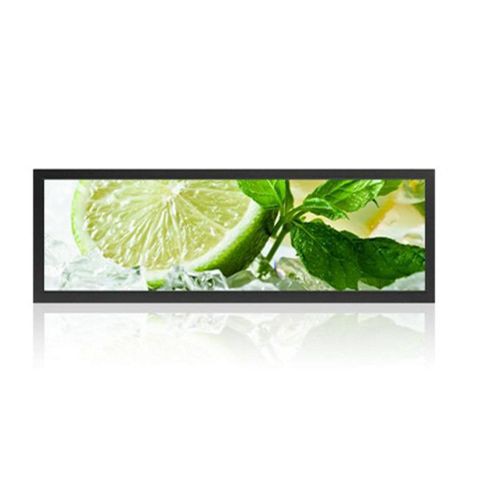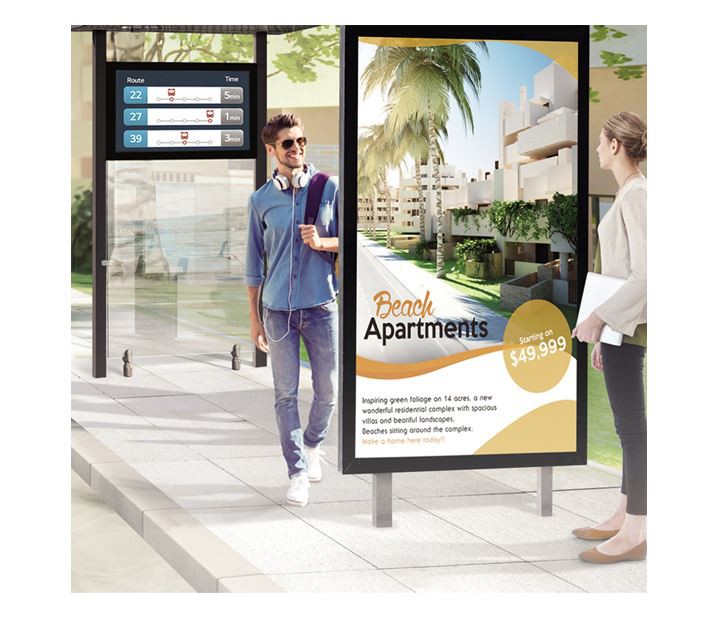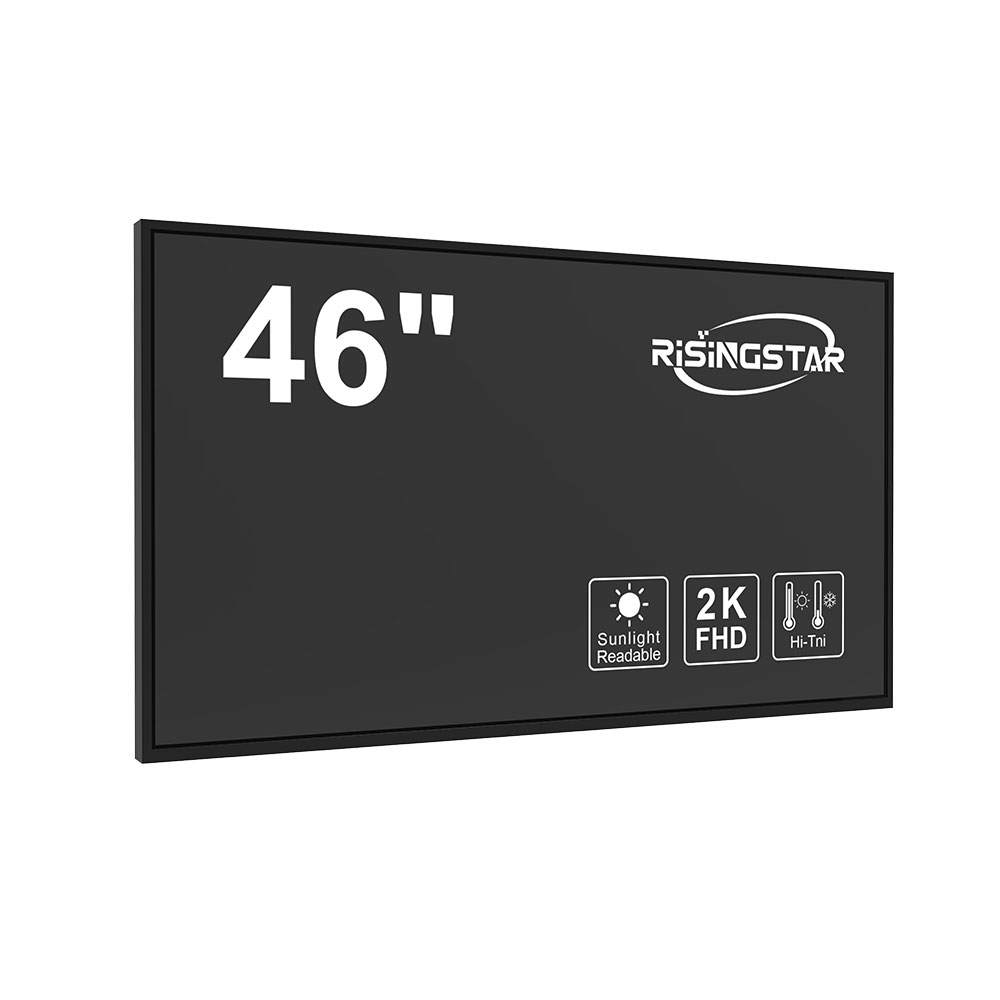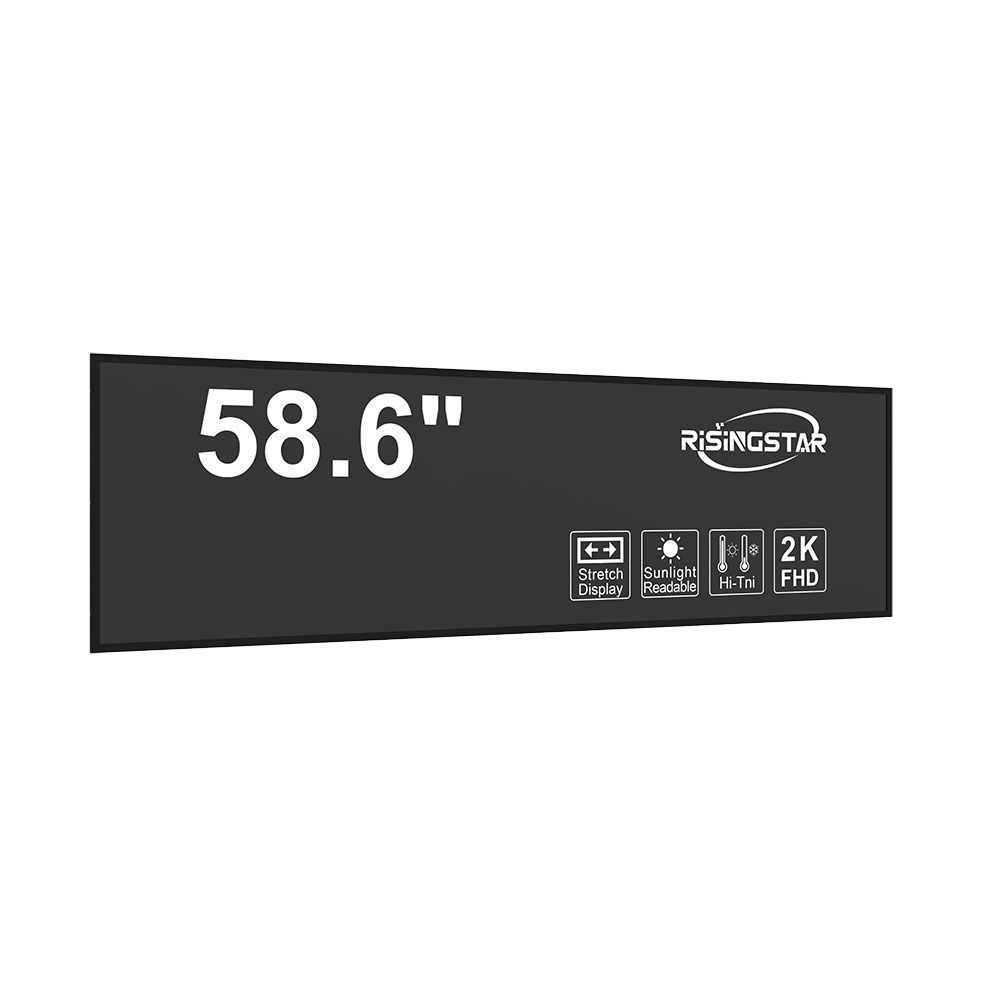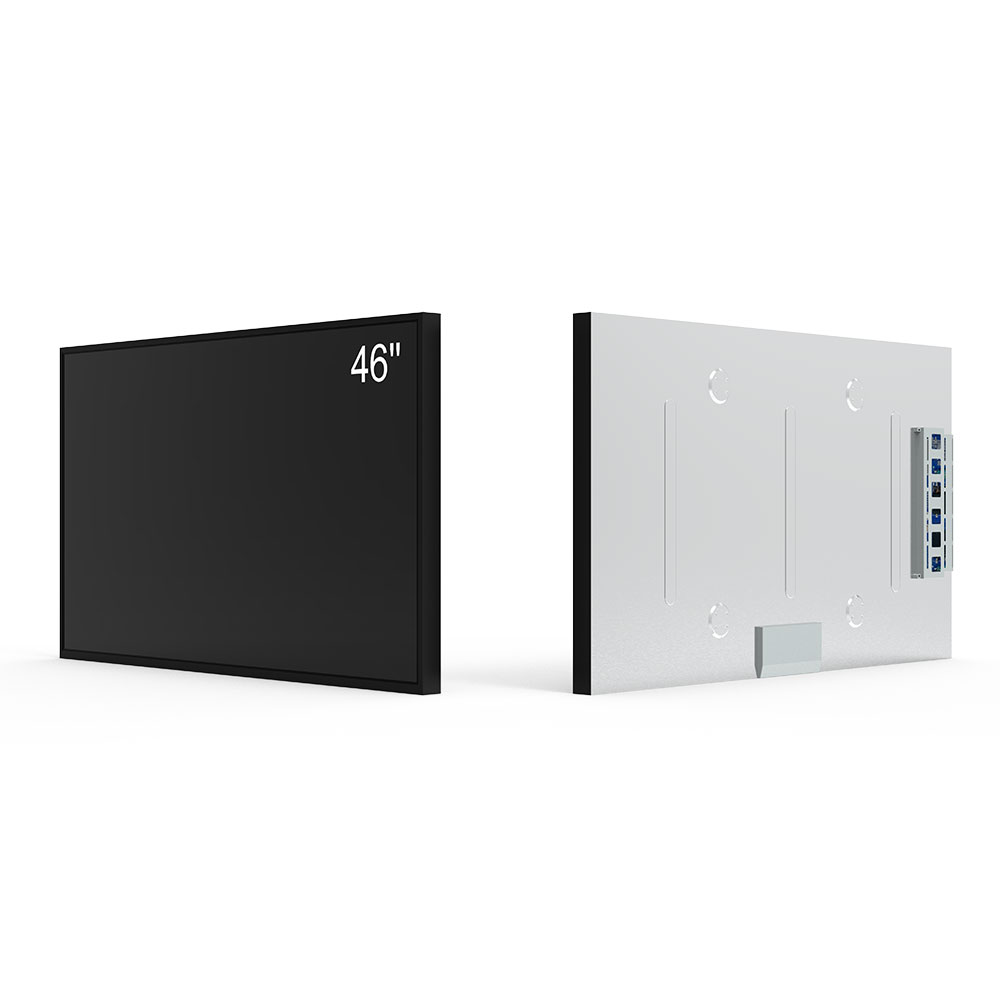In the rapidly evolving world of display technology, achieving high brightness is critical for applications where visibility under direct sunlight is essential. A brightness level of 1500 nits has emerged as a benchmark for true sunlight-readable LCDs—especially in defense, industrial, transportation, and outdoor consumer electronics. This article explores why 1500 nits matters, how it's achieved, real-world use cases, and what future innovations may bring to this high-brightness domain.
Brightness in LCDs is measured in candelas per square meter (cd/m²), commonly referred to as “nits.” While standard indoor displays typically operate between 200–500 nits, outdoor environments demand significantly higher luminance. According to the Society for Information Display (SID), displays exposed to full sunlight can experience ambient light levels up to 100,000 lux—a condition that requires at least 1500 nits to maintain legibility. This is not just about making screens brighter; it’s about ensuring reliable contrast, color accuracy, and readability in extreme conditions.
Manufacturers achieve 1500-nit brightness through several advanced methods: high-efficiency LED backlighting, optimized optical stack design, and specialized anti-glare coatings. For example, Samsung’s DMD (Direct MicroLED Display) technology uses micro-LED arrays with individual pixel control to boost peak brightness while minimizing power consumption. Similarly, LG Display’s IPS+ technology enhances transmittance by reducing internal light loss within the panel. These techniques are backed by industry standards such as MIL-STD-810G and IEC 60068, which test durability under thermal, humidity, and mechanical stress conditions.

Real-world applications showcase the value of 1500 nits. In military operations, ruggedized tablets like the Panasonic Toughbook CF-33 feature 1500-nit displays for field command and control systems. In aviation, flight deck displays on aircraft such as the Boeing 787 use similar specifications to ensure pilots can read navigation data even in bright daylight. Industrial settings—like oil rigs or construction sites—rely on handheld devices with 1500-nit screens for safety-critical monitoring. Even consumer-grade devices, such as Sony’s outdoor-ready Xperia smartphones, now incorporate 1500-nit OLED panels for improved usability in sunny conditions.
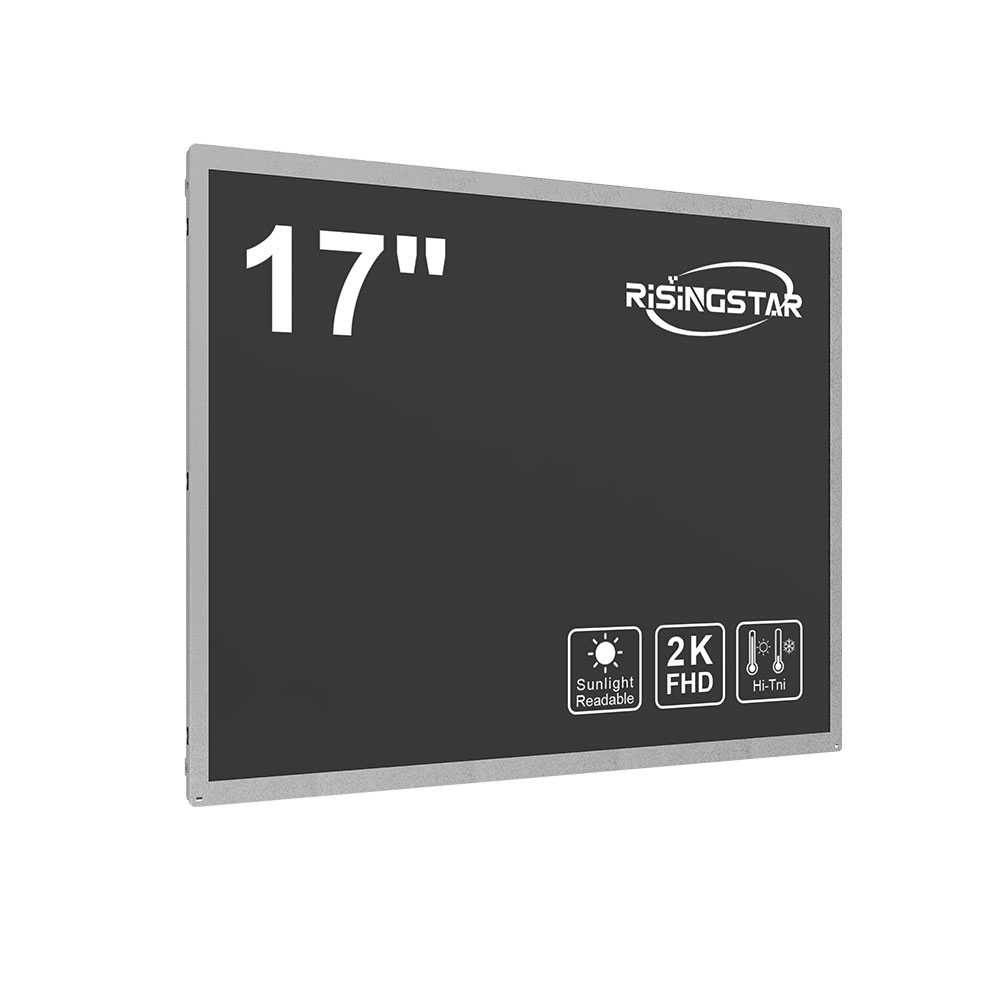
Beyond brightness, manufacturers must balance power efficiency, heat dissipation, and long-term reliability. High-brightness modes often increase energy draw, so smart brightness management systems—such as adaptive luminance control based on ambient light sensors—are increasingly integrated. Recent research from MIT Media Lab highlights how dynamic brightness adjustment can reduce power consumption by up to 40% without compromising visibility.
Looking ahead, emerging technologies like mini-LED and micro-LED promise even higher brightness (up to 2000–3000 nits) with better uniformity and lower power usage. Additionally, AI-driven display calibration algorithms could automatically adjust contrast, gamma, and color temperature in real time based on environmental lighting conditions—enhancing both performance and user experience.
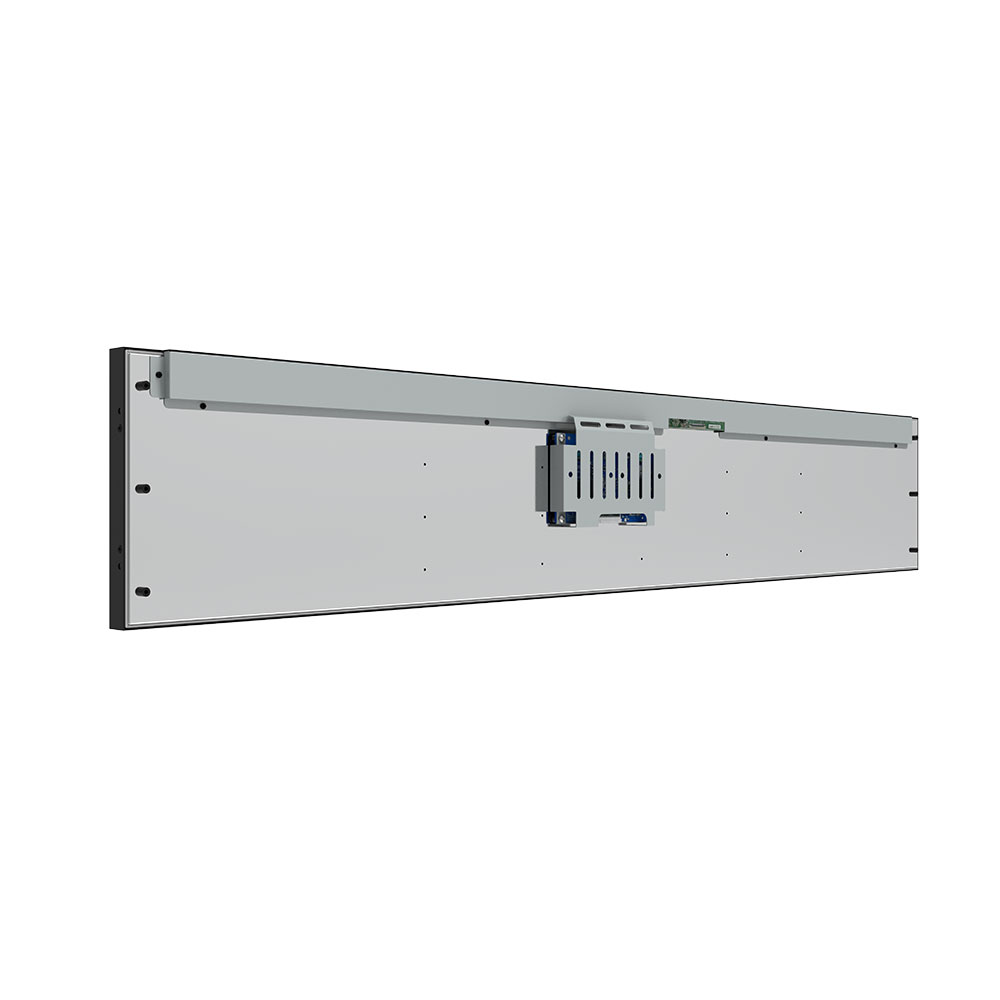
For engineers and procurement professionals selecting displays for harsh environments, 1500 nits isn’t just a number—it’s a proven threshold for functionality. It ensures that critical information remains visible when it matters most, whether on a battlefield, a ship’s bridge, or a remote construction site. As outdoor digital interfaces become more ubiquitous—from smart city kiosks to EV charging stations—the demand for certified 1500-nit displays will only grow.





